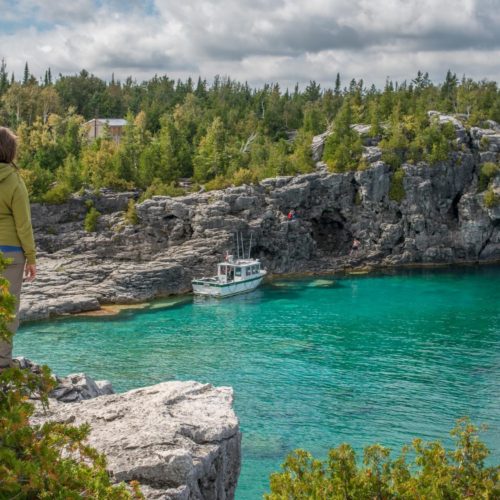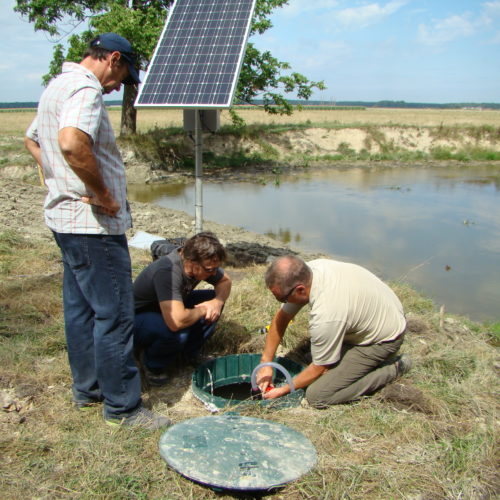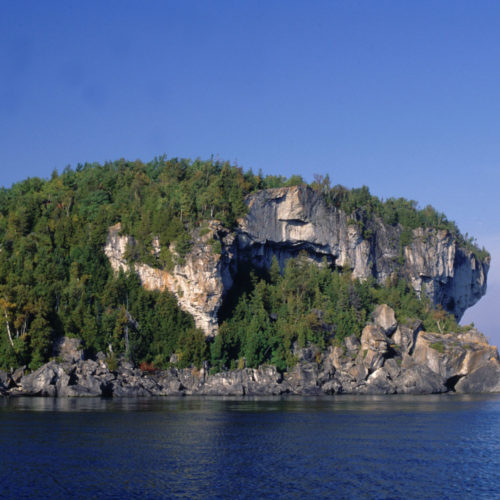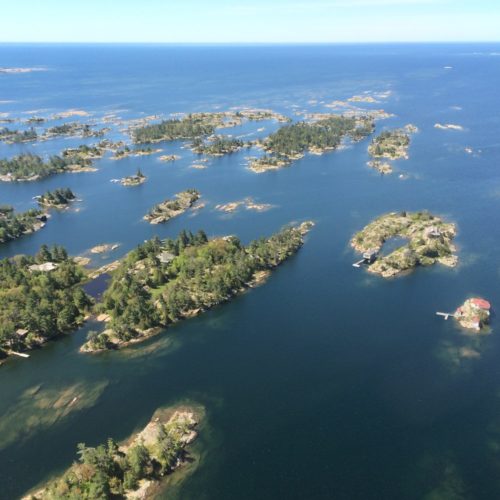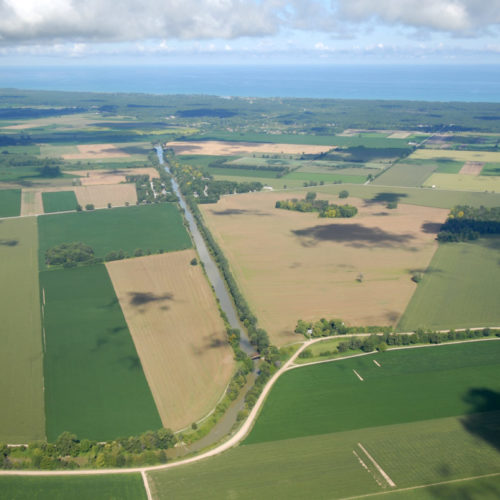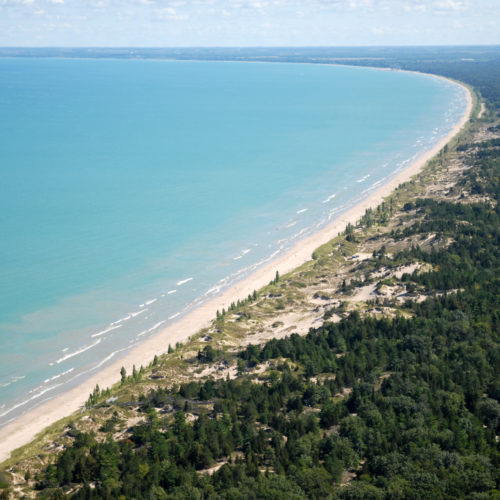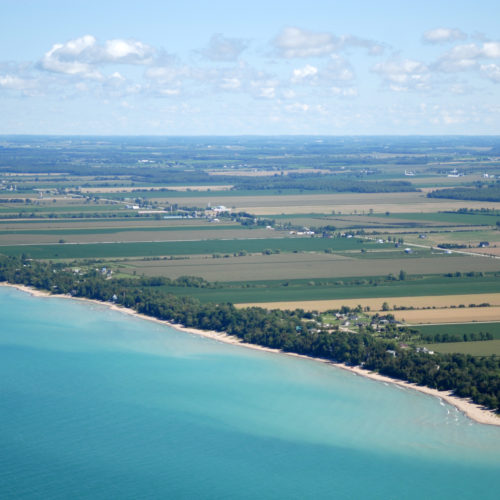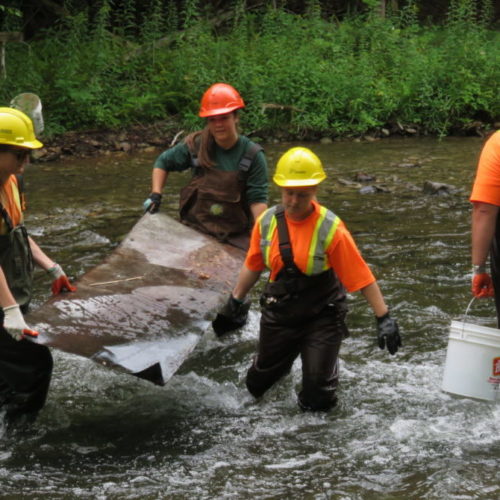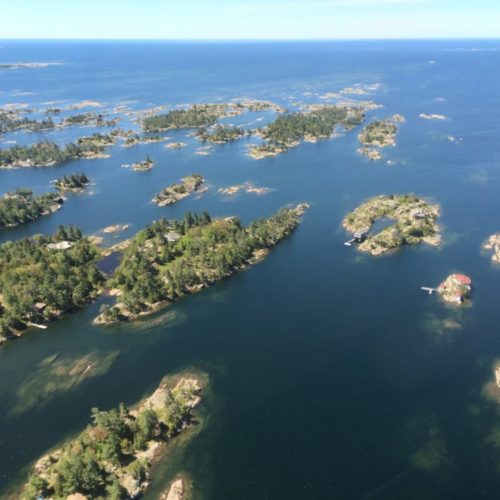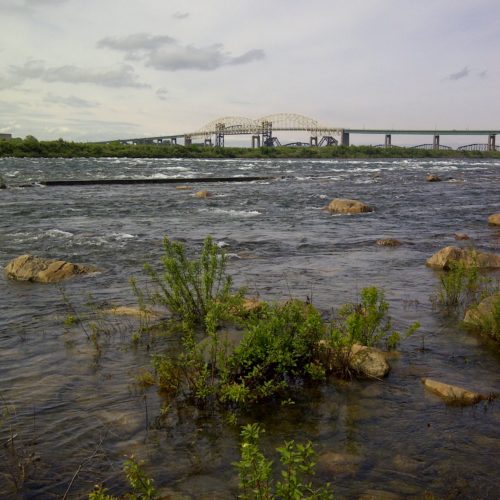To understand how tile drainage systems can improve soil and water quality, this project will install and monitor two contour drainage systems in a side-by-side, comparison at the Huronview Demonstration farm. Contoured drainage systems have potential to mitigate soil erosion and water quality issues because contoured swales run perpendicular to a slope to intercept surface water. Transporting water ‘sideways’ on contours through graded ditches or tiles can stop or slow down water to reduce erosion potential in the field and downstream. This project will demonstrate a contoured subsurface drainage system, in which the water levels in contoured tile laterals can be adjusted with control gates. In a another area, a pattern tile system will be installed with contoured swales overlaid to redirect surface water across the slope to a temporary ponding area and rising inlet structure. Various swales sizes, control structures and tile innovations will be trialed and demonstrated.
Nearest city or town: Clinton, ON
Project start date: April 1, 2018
End date: December 31, 2020
Project focus: Education
Project contact: Mari Veliz, Ausable Bayfield Conservation
